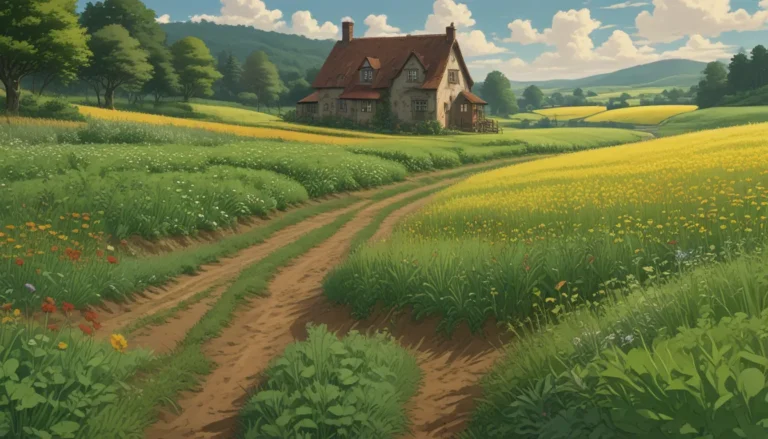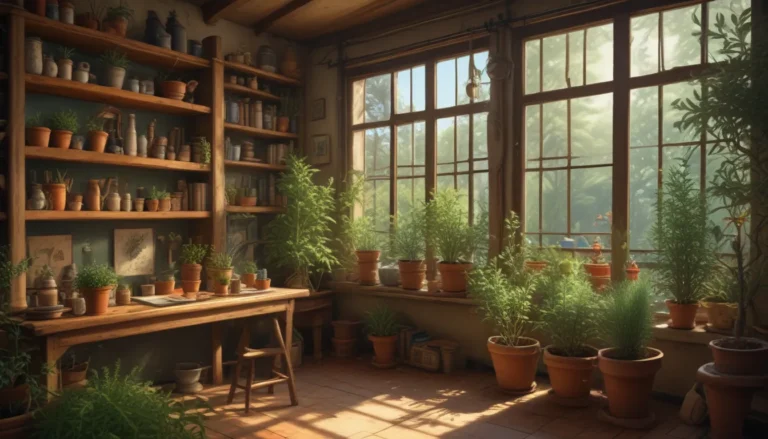Ultimate Guide to Growing and Caring for Drumstick Allium Flowers

Drumstick allium flowers, scientifically known as Allium sphaerocephalon, are a unique and striking addition to any garden. Their tall, thin stems topped with tight knots of flowers resemble drumsticks, hence their name. These ornamental bloomers belong to the same genus as edible garlic, onion, shallots, chives, and leeks.
In this comprehensive guide, we’ll delve into everything you need to know about cultivating and caring for drumstick allium flowers in your garden. From propagation to best practices, we’ve got you covered. So, grab your gardening gloves and let’s get started!
Cultivation and History
Originally native to parts of Europe, northern Africa, and western Asia, drumstick alliums have now found their way into gardens worldwide. These plants thrive in USDA Hardiness Zones 4-8, reaching heights of up to 36 inches and blooming from late spring to late summer in shades of dark crimson, maroon, or purple.
It’s important to note that drumstick alliums are different from other varieties like drumstick flowers (Scabiosa stellata) and Craspedia globosa, despite sharing a similar appearance. Understanding their unique characteristics is vital for successful cultivation.
Drumstick Allium Propagation
Drumstick alliums can be propagated through seeds, bulbs, or division, offering flexibility for gardeners. Here’s a breakdown of the propagation methods:
From Seed
- Allow the plant to self-seed, or collect seeds from dried flower heads in the fall.
- Store seeds in a cool, dark place for up to two years.
- Plant seeds in well-draining, sandy soil after the last frost in spring.
By Division
- Dig up mature plants in the fall and separate bulbs for replanting.
- Ensure proper spacing to promote healthy growth and prevent disease.
From Transplants or Bulbs
- Purchase bulbs or obtain them from reputable sources.
- Plant bulbs in well-prepared soil with adequate drainage.
How to Grow Drumstick Allium Flowers
Drumstick alliums thrive in full sun and moderate watering conditions. These resilient plants can withstand drought but benefit from occasional irrigation. Additionally, they bloom in July and can be decorative additions to your garden.
To support their growth, consider providing afternoon shade in hot regions and protecting them from strong winds. Proper care and attention will yield vibrant blooms and healthy plants.
Maintenance Tips
- Deadhead plants in the fall to control spreading.
- Cut back foliage and seedheads for a tidy appearance.
- Divide bulbs as needed to maintain plant health.
Where to Buy Drumstick Alliums
Explore local nurseries or online sources for drumstick allium seeds and bulbs. Select reputable sellers who provide quality products for optimal results.
Managing Pests and Disease
While drumstick alliums are generally hardy plants, they can be vulnerable to certain pests and diseases. Here’s how to address common issues:
Insects
- Watch out for allium leafminers and onion thrips.
- Use traps, beneficial insects, or organic insecticides to control infestations.
Disease
- Monitor for downy mildew and white rot.
- Practice good garden hygiene and consider soil sterilization to prevent disease spread.
Drumstick Allium Best Uses
Drumstick alliums are versatile plants that offer various benefits in the garden:
- Deer and squirrel resistance.
- Attraction of pollinators like bees and butterflies.
- Drought tolerance and low maintenance.
- Architectural appeal in floral arrangements.
- Drying for long-lasting floral displays.
By incorporating drumstick allium flowers into your garden, you can enjoy their unique aesthetic and practical advantages throughout the growing season. Experiment with different planting techniques and care strategies to see what works best for your garden.
Quick Reference Growing Guide
Here’s a brief overview of essential tips for growing and caring for drumstick allium flowers:
- Planting: Choose a sunny location with well-draining soil.
- Watering: Provide moderate moisture, allowing soil to dry between waterings.
- Support: Protect plants from wind to prevent damage.
- Maintenance: Deadhead and divide plants as needed for optimal growth.
- Propagation: Explore seed, bulb, and division methods for expanding your garden.
With this guide at your disposal, you’re well-equipped to cultivate and care for drumstick allium flowers in your garden. Embrace the beauty and resilience of these unique plants as you enhance your outdoor space with vibrant blooms and lasting color. Happy gardening!





